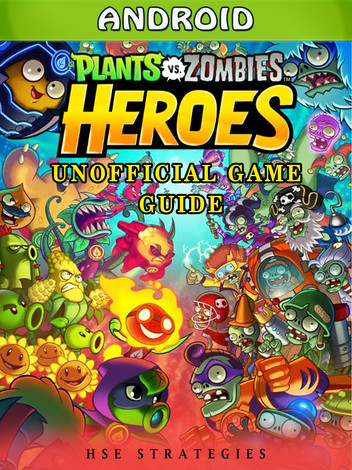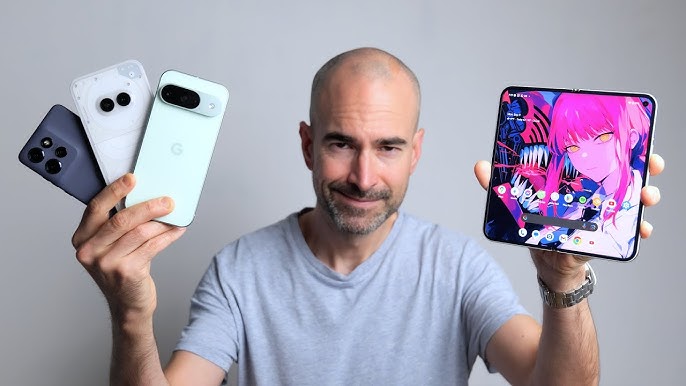
Beyond the Smartphone: The Renaissance of Android Tablets and the Foldable Revolution
The Android Tablet’s Second Act: From Content Consumption to Creation Hub
For years, the Android tablet story was one of unfulfilled promise. Early models were often derided as just “big phones,” plagued by a lack of optimized apps and a clear purpose beyond watching videos on a slightly larger screen. This perception created a cycle where developers didn’t invest in tablet apps because the user base was small, and users didn’t buy tablets because the app experience was poor. However, the latest Android news isn’t just about phones; it’s about a dramatic and deliberate comeback for the humble tablet, transforming it from a passive consumption device into a powerful hub for creation and productivity.
The “Big Phone” Problem is Finally Solved
The turning point was Google’s renewed commitment to the form factor, starting with Android 12L. This special feature drop was designed specifically for large-screen devices, introducing critical quality-of-life improvements like a persistent taskbar for quick app switching and a more intuitive split-screen mode. This foundational work has continued in subsequent Android versions, signaling to both manufacturers and developers that Google is serious about tablets this time. The result? A wave of new and updated apps from major players like Adobe, LumaFusion, and even Google’s own Workspace suite, which now feature multi-pane layouts and drag-and-drop functionality that genuinely leverage the extra screen real estate. The experience is no longer about stretched-out phone apps; it’s about a tailored, powerful interface.
Hardware That Demands to Be Taken Seriously
This software evolution has been matched by a surge in ambitious hardware. These aren’t just media players; they are meticulously designed Android gadgets built for specific, demanding use cases.
- The Professional Powerhouse: Samsung Galaxy Tab S9 Ultra. With its colossal 14.6-inch Dynamic AMOLED 2X display, powerful Snapdragon processor, and the bundled S Pen, the Tab S9 Ultra is an unapologetic laptop challenger. Combined with Samsung DeX, which provides a desktop-like environment, it becomes a legitimate workstation for artists, executives, and anyone who needs a portable, versatile productivity machine.
- The Smart Home Chameleon: Google Pixel Tablet. Google re-entered the tablet space with a clever twist. The Pixel Tablet is a solid, well-performing device on its own, but its true genius lies in the included Charging Speaker Dock. When docked, it transforms into a smart home hub, essentially a larger, more capable Nest Hub Max. This dual-purpose nature solves the problem of a tablet gathering dust when not in active use.
- The Productivity Pioneer: OnePlus Pad. OnePlus identified a key pain point with traditional tablets: their widescreen aspect ratios are great for movies but awkward for reading and document editing. The OnePlus Pad’s unique 7:5 “ReadFit” aspect ratio provides a more book-like canvas, making it ideal for students and professionals who spend their days in documents and web pages.
Real-World Scenario: The Digital Nomad’s New Best Friend
Imagine a freelance marketing consultant working from a café in a new city. They use a Galaxy Tab S9 to sketch out a campaign flowchart with the S Pen during a brainstorming session. Later, they snap on the keyboard cover, activate DeX mode, and draft a detailed proposal in Google Docs while referencing client data in a split-screen view. When a video call comes in, the tablet’s high-quality cameras and multi-microphone array ensure they look and sound professional. This entire workflow, once the exclusive domain of a bulky laptop, is now seamlessly handled by a single, elegant Android tablet.
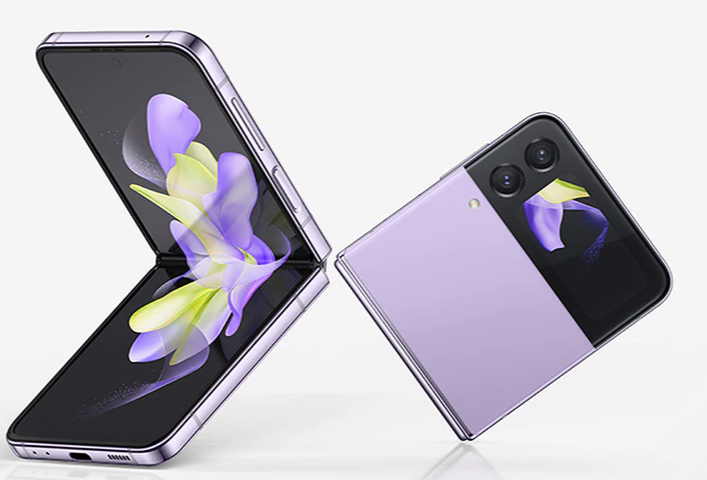
Folding the Future: How Foldables Are Blurring the Lines
While tablets are being redefined, an entirely new category of device is challenging the very definition of an Android phone. Foldables have rapidly evolved from fragile, eye-wateringly expensive novelties into mature, desirable pieces of technology. They represent the cutting edge of the mobile world, offering a solution to the eternal conflict between screen size and portability. This isn’t just an incremental update; it’s a fundamental shift in form and function.
Two Form Factors, Two Philosophies
The foldable market has largely coalesced around two distinct designs, each catering to a different type of user and need.
- The “Book” Fold (e.g., Samsung Galaxy Z Fold 5, Google Pixel Fold): This form factor is the ultimate multitasking machine. On the outside, it’s a capable, if slightly narrow, smartphone for quick tasks. But when you open it like a book, you’re greeted with a sprawling, tablet-like inner display. This is where the magic happens. You can run up to three apps simultaneously, drag a photo from your gallery directly into an email, or watch a presentation on one half of the screen while taking notes on the other. Devices like the Pixel Fold have refined the formula with a wider, more conventional cover screen, making the “phone” part of the experience feel less compromised.
- The “Clamshell” Flip (e.g., Samsung Galaxy Z Flip 5, Motorola Razr+): If the Fold is about maximum productivity, the Flip is about maximum portability and style. It takes a full-sized, modern smartphone and folds it in half, making it incredibly compact and easy to slip into a small pocket or purse. The real innovation in the latest generation is the large, functional cover screen. On the Motorola Razr+, you can run almost any full app on the external display, from replying to messages to watching YouTube or navigating with Google Maps, all without ever opening the phone. This form factor also enables unique use cases like “Flex Mode,” where the phone can be propped up halfway for stable video calls or creative, hands-free photography.
The Software Challenge and Triumph
The engineering marvel of a folding screen is only half the battle. The true test is the software experience. How does an app react when it’s instantly moved from a tall, narrow screen to a large, square one? Early on, this was a significant hurdle. But thanks to Google’s dedicated focus on foldable APIs within Android and the extensive software work by manufacturers like Samsung, the experience is now remarkably seamless for a vast majority of popular apps. This ongoing software refinement is a constant topic in Android news, as it’s the key to unlocking the true potential of these versatile Android gadgets.
Beyond the Device: The Power of the Connected Android Ecosystem
For too long, the conversation around tech ecosystems has been dominated by Apple’s tightly controlled “walled garden.” However, the Android world has been quietly building a powerful, flexible, and increasingly seamless ecosystem of its own. The true value of owning a modern Android tablet or foldable isn’t just in the device itself, but in how it communicates and collaborates with your other Android gadgets, from your phone to your watch and earbuds.
Seamless Synergy: How Your Devices Talk to Each Other
The “better together” philosophy is now a core part of the Android experience, with features that genuinely make life easier and more efficient. This isn’t about gimmicks; it’s about practical, everyday utility.
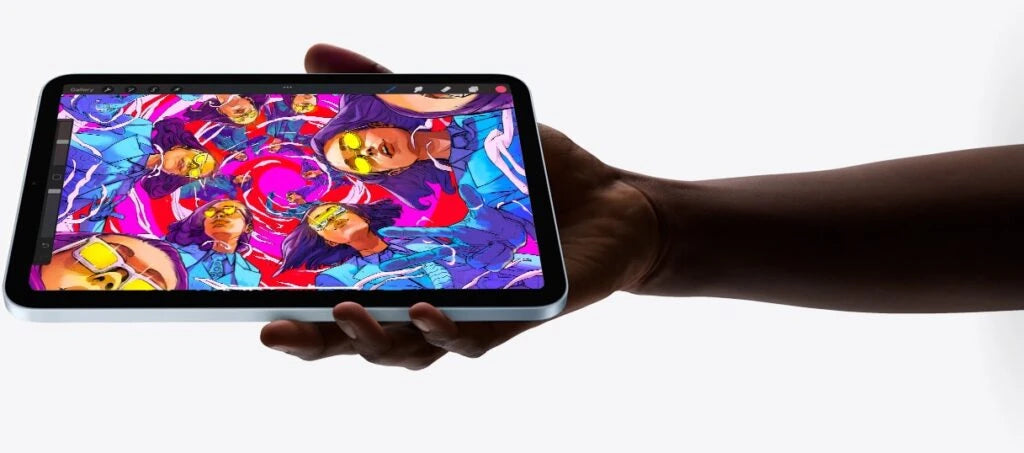
- Effortless Continuity: Features like “Continue apps on other devices” on Samsung devices allow you to be browsing a webpage on your phone and, with a single tap, open that exact page on your tablet’s larger screen.
- Universal Control: You can use your Galaxy phone’s screen as a trackpad and keyboard to control your Galaxy Tab, or even drag and drop files directly between the two devices as if they were one.
- High-Speed Sharing: Google’s Quick Share (formerly Nearby Share) has become a robust AirDrop competitor, allowing you to send massive files, photos, and documents between any modern Android phone and tablet in seconds.
- Intelligent Integration: When you connect your Pixel Buds to your Pixel Tablet to watch a movie, but a call comes in on your Pixel Phone, the earbuds will intelligently switch the audio source to the phone automatically, then switch back when the call ends.
Case Study: The University Student’s Workflow
Consider a university student equipped with a Samsung Galaxy S24 phone and a Galaxy Tab S9. In a lecture, they use the tablet and S Pen to take handwritten notes in Samsung Notes. During a study session, they open the same notes on their phone to quickly review a concept. When working on a research paper, they use their phone’s camera to “scan” a page from a textbook; the text is instantly extracted and can be pasted directly into their document on the tablet. Throughout the day, notifications, calls, and messages appear on both devices, and they can respond from whichever is more convenient. This interconnectedness removes friction and creates a single, cohesive digital workspace.
Pitfall to Consider: The Brand-Loyalty Advantage
One important consideration is that while the Android ecosystem is more open than Apple’s, the most seamless experiences are often found when you stick within a single brand. A Samsung tablet will have the deepest integration with a Samsung phone. A Pixel Tablet works best with a Pixel phone. While core features like Quick Share work across brands, the more advanced continuity and control features are often brand-exclusive. Therefore, when choosing a tablet or foldable, it’s wise to consider the brand of your current Android phone to unlock the full ecosystem potential.
Choosing Your Canvas: Practical Advice for Prospective Buyers
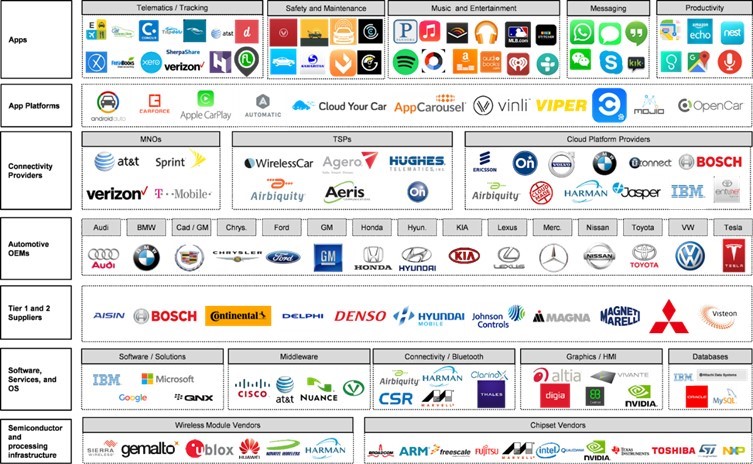
With such a diverse and compelling lineup of large-screen Android devices, the choice can be daunting. It’s no longer just about specs; it’s about matching the form factor to your lifestyle and workflow. Here’s a breakdown to help you decide between a traditional tablet and a cutting-edge foldable.
Who Should Buy an Android Tablet?
- The Creator and The Student: If your primary use case involves drawing, digital art, or extensive handwritten notes, the large, uninterrupted canvas of a tablet is unbeatable. The precision of a dedicated stylus like the S Pen or Apple Pencil (on an iPad) is essential for this kind of work.
- The Media Enthusiast: For those who want the most immersive experience for watching movies, TV shows, and gaming, a high-end tablet with a large OLED or mini-LED screen and a quad-speaker setup offers a superior experience without the distraction of a screen crease.
- The Productivity-Focused Professional on a Budget: A tablet paired with a first-party keyboard case offers a near-laptop experience for a fraction of the cost of a premium foldable. It’s an excellent, versatile tool for managing emails, documents, and presentations.
Who Should Embrace the Fold?
- The Ultimate Multitasker: If your daily routine involves juggling multiple apps, spreadsheets, and communication channels simultaneously, a book-style foldable like the Galaxy Z Fold 5 is a productivity game-changer. It’s a command center that fits in your pocket.
- The Minimalist and The Trendsetter: For those who value portability and style above all else, a flip-style foldable like the Motorola Razr+ offers the full power of a flagship smartphone in an incredibly compact and fashionable package. It’s a statement piece that is also supremely practical.
- The Tech-Forward Early Adopter: If you love being on the bleeding edge of technology and want a single device that can be both a phone and a tablet, a foldable is for you. You’re willing to accept the higher price and potential durability trade-offs for an experience that feels like it’s from the future.
The Evolving Android Landscape
The world of Android is more vibrant and diverse than ever before. We’ve moved far beyond the simple smartphone slab. Android tablets have finally matured, shedding their “big phone” reputation to become formidable tools for both creativity and productivity, thanks to a concerted effort from Google and hardware manufacturers. Simultaneously, foldables have transitioned from a niche experiment into two distinct and compelling categories of Android phones, fundamentally changing our expectations of what a mobile device can be.
The decision is no longer a simple one of screen size. It’s a nuanced choice based on your individual needs, your workflow, and how you want your technology to integrate into your life. The most exciting piece of Android news is that this innovation shows no signs of slowing down. Whether you opt for the expansive, dedicated canvas of a modern tablet or the transformative, pocket-sized versatility of a foldable, the Android ecosystem now offers a powerful, compelling, and truly personal large-screen experience for everyone.


